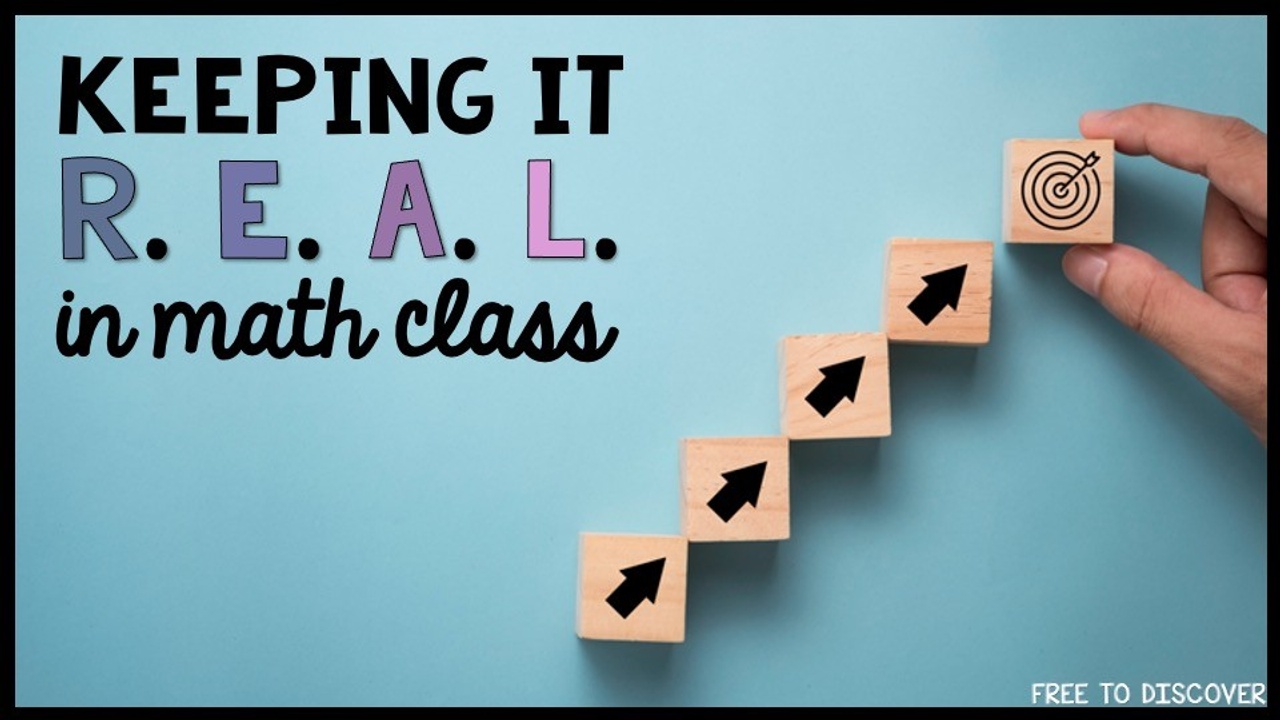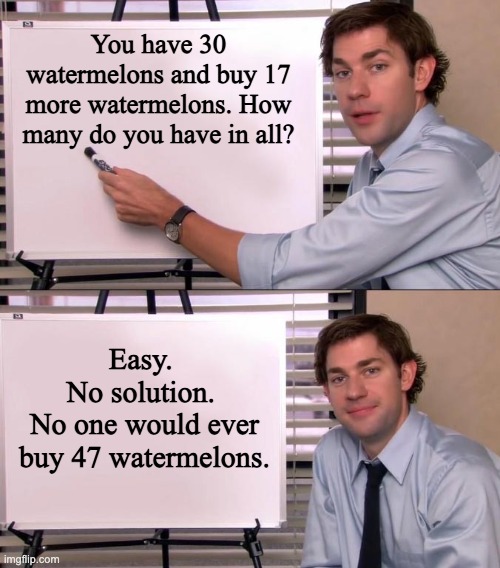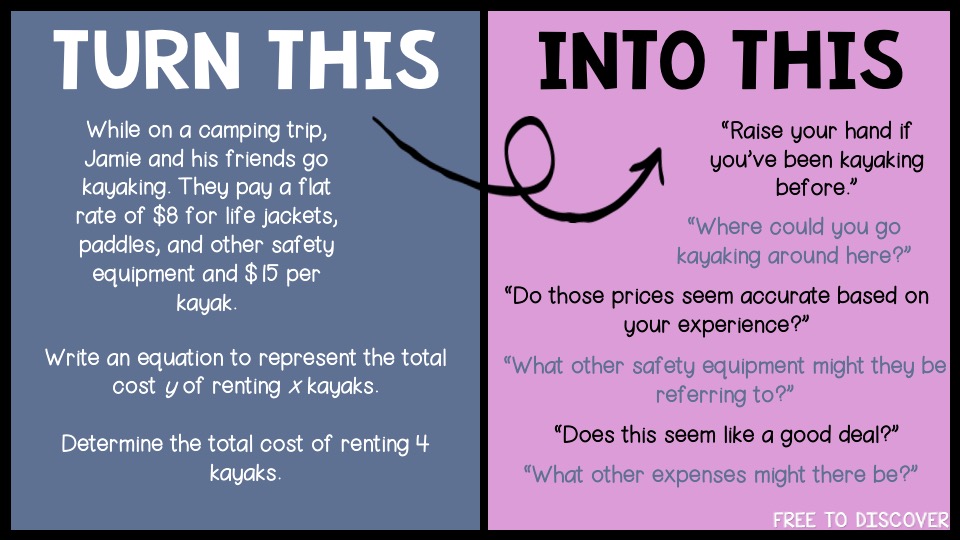
Keeping it R.E.A.L. in Math Class
Math teachers everywhere dread the infamous question, "When are we ever going to use this?" Even when I can immediately give real examples, the moans and groans don't dissipate! So it got me thinking... Perhaps we need to rethink our approach. By the time students ask that dreaded question, they have already decided the concept is not relevant to their lives. So instead, let's be more proactive in showing students how the math they're learning applies to the real world. Let's keep it R.E.A.L.
Relevant Topics
Regularly engage your secondary math students in real world examples. Any old word problems will not do. Dig into what your students are interested in. Here are three ways you can collect this data:
- Notes to Teacher - Have a few minutes left at the end of class? Ask students to write you a note. They can tell you about weekend plans, share a joke, draw a picture. Anything! It's a great way to get to know your students, and because you work with kids, I can pretty much guarantee you'll laugh out loud a few times, too.
- Observations - Look around and notice how your students spend their time when they have a free couple of minutes. What are they reading? What types of stickers are covering their reusable water bottle? Listen to what students say to each other.
- Attendance Questions - When getting to know your students, ask them a different question every day. For the first 2-3 weeks of school, I practice saying students names. They say their name. I repeat. They confirm my pronunciation is right or they correct me. Then they answer my question of the day which is just a quick little get-to-know-you question.
Then use the data you collect - aka the information you learn about your students - and tie it the lessons you plan. Bonus points for consistently using student names in your assignments!
Examples That Are Realistic
Use examples that are realistic. Whenever I create word problems, I Google everything. Even where it might not "matter" because it's not essential to understanding the math, I research actual speeds, distances, sizes, etc. so that I can provide secondary or tertiary information that is accurate.

It's not a real world example if the problem requires dolphins to swim 100 mph. And, yes, I just looked it up. With a quick Google search, I can see that dolphins can swim approximately 37 mph; therefore, 100 mph would be crazy. Unless it's a sci fi example in which the dolphins have encountered an alien race that gives them the secrets to the universe and enables them to swim at whatever speed they want. In that case, you do you.
Authentic Discussions
Engage in authentic discussions with your students. Build a story around the problem. "Real world" examples are not relevant if you don't try to make them relevant. We teach in a hustle culture. There's so much to "get to" that we often don't give problems the time they deserve. It is not a waste of time to have a class discussion surrounding the problem before or while diving into the math. This is exactly the best way to hook students into the lesson and - before they can even ask - will highlight a REAL real world example of the topic.

Try it and watch your students' faces light up! Engagement through the roof. And later on, when students encounter a similar problem, you can remind them of the conversation about kayaks and they'll have an instilled memory to refer back to and to help them be successful with the new problem.
Listen To Your Students
When your students are asking when they are ever going to use what you're teaching, don't get defensive or assume they are being pesky. Listen to them. What would you need to show them in order to demonstrate that the math is meaningful without just telling them why it's important? Showing is better than telling.
Get to know your students. Tap into their interests. Offer realistic and genuine learning experiences.
Want help injecting REAL world math into your classes TODAY? Join the Free to Discover community in order to access Issue 1 of Free to Discover the world in numbers: a monthly newsletter for math students.
Join the Free to Discover community!
When you subscribe, you'll access Issue 1 of our monthly newsletter for secondary math students!

